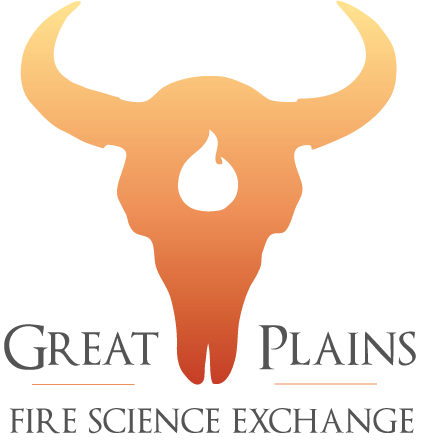Publications
This video is the third in a series describing fire in the Great Plains. The series features ranchers in the region and local experts discussing prescribed fire. This video focuses on challenges land owners face when using prescribed fire. Ranchers talk about how they overcome those challenges.
Read MoreThis video is the second in a series describing fire in the Great Plains. The series features ranchers in the region and local experts discussing prescribed fire. This video focuses on how to get started using prescribed fire. Learning how to burn can be a daunting proposition, but making use of landowner resources and local expertise can make the process easier.
Read MoreThis video is the first in a series describing fire in the Great Plains. The series features ranchers in the region and local experts discussing prescribed fire. This video focuses on the need for burning grasslands in the region.
Read MoreThis video on fire behavior discusses structural vs. wildland fire operations, methods of heat transfer, fuel types and effects, weather, topography and how it effects wildland fire, and extreme fire behavior. Find out more at: https://www.firewise.org/
Read MoreA Prescribed Fire Association is a group of landowners and other concerned citizens that form a partnership to conduct prescribed burns. Prescribed burning is the key land management tool used to restore and maintain native plant communities to their former diversity and productivity for livestock production and wildlife habitat. Native prairies, shrublands, and forests supply the majority of livestock forage and 99.9 percent of the wildlife habitat in Oklahoma. Without fire, native plant communities become dysfunctional and unproductive. Research has clearly shown that there is no substitute for fire. Oklahoma’s ecosystems are fire dependent and not burning is poor land management.
Read MoreThis fact sheet from Oklahoma State University describes the use of firebreaks in prescribed burning.
Read MoreThis fact sheet describes a variety of plants that can be used in fire-resistant landscaping.
Read MoreThis document provides an overview of the use of prescribed fire in grassland management. It describes the history and importance of fire in grasslands, plant responses to fire, and potential benefits of fire. Fire planning, safety, and legal concerns are summarized. In addition, guidance on special uses of fire is provided.
Read MoreTobosagrass is a productive, but coarse and generally unpalatable grass. Distribution extends from western Texas through southern New Mexico to southeastern Arizona and north-central Mexico. An important characteristic of tobosagrass is perennial stems; these stems and the unpalatable nature of tobosagrass ensure that large quantities of standing dead grass accumulate. This manual describes management practices for tobosagrass rangeland.
Read MoreA new fact sheet for managing sand sagebrush in rangeland is available from Oklahoma State University. There is a nice section about fire; take a look.
Read More
